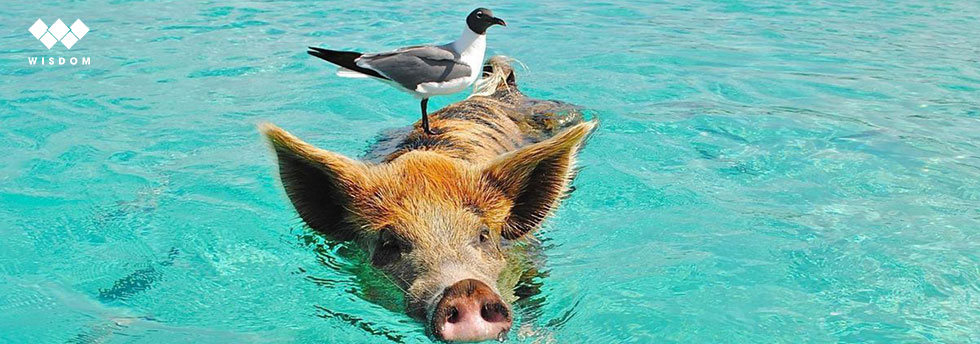
The New Normality of Marketing and Business – Part 2
My previous article of “The New Normality of Marketing and Business” is a general outline on how businesses are transforming during the time of crisis such as Covid19, surviving and thriving in the new era. The article was initially published on my content hub Minimal Marketing and then reposted on the foreign magazine Vietnam Insider and Brands Vietnam – the most reputable information portal of branding and marketing in Viet Nam. In short, the article presented the three-stage transformation procedure for businesses to cope with the difficulties of an arising pandemic. A new concept of “Amphibious Company”, which was defined as a business entity that could survive and thrive on both physical and virtual working environments, was introduced in this article as well.
Since its publication, the procedure and concept were asked how these ideas could be applied to their own situations and companies. I recently presented thoughts and applications of these ideas in a webinar hosted by the Startup Vietnam Foundation (SVF) and Momo e-wallet and received requests to clarify it further. Thereby, I decided to work on Part 2 and Part 3 of this series to elaborate on this subject so that everyone could have a clearer understanding of what I meant.
Part 1 of the series looked at the similarities and overlapping domains between the natural world and the business world as well as how some species adapted to new living conditions. From that, we could learn how to adjust our businesses in a time of crisis and corresponding resource scarcity. With a short recall, the three-step procedure is:
- Short term: Change of Tactics to cope with the sudden change of condition when the pandemic first hits and has an impact on the normal condition
- Mid-term: Changes of Strategy to familiarise with the new environment and reinforce the foundation, resource to be ready for future growth
- Long term: Change of Grand Strategy to accelerate growth and occupy the leading position in the new market
Let us assume the procedure is correct, we then shall need to pinpoint where we are in this procedure to build the adaptations accordingly.
What Is the Stage We Are in Now?
Evaluating the situation of Vietnam, I assume that some of us could utter that we are now settled in the “new normality” informed by the government. I do not reject their effort and success in dealing with the coronavirus. In fact, the situation has gotten much better in Vietnam with the lockdown being lifted, and, until the time I pen this article, there have been no new infected cases in the community over the last 25 days.
It seemed that Vietnam had settled in the new normality, but around the world, the Covid-19 situation is still the utmost challenge to the governments, especially those of leading developed countries like the United States and the United Kingdom. Considering the interconnected relationships between Vietnam and these trading partners, I think we are not settled in the new normality yet but very much is still in the second stage of the procedure. At this stage, what companies should do in general are reinforcing the human capital, improving the internal processes, and accumulating the finance to be ready for the race in the upcoming normality.
What We Should Do During This Second Stage?
In Part 1, I illustrated the changes that would happen to business was like the changes of the adapting animals in the new environments. These species spent most of their time in their second stage building their muscles and changing their physiques. Similarly, companies need to spend time strengthening their internal resources, processes, and capital during this stage.
To illustrate the changes and improvements, we take a look at different components of a company in the Balanced Scorecard Model (BSC)
The Balanced Scorecards
From my experience of managing services companies, BSC is a great way to organise and manage businesses because it allows different components of the business to be connected and thus to contribute towards common objectives. Five components of BCS that we will thoroughly examine as follows are:
- Vision and Strategy
- Financial
- Internal Business Process
- Customer
- Learning and Growth
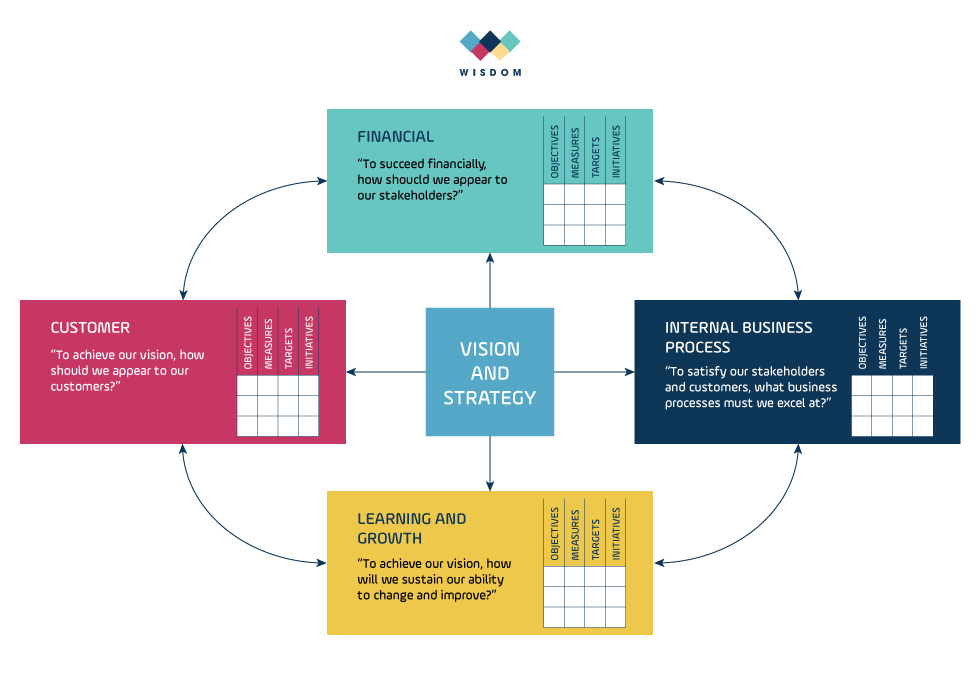
Figure 1: Balanced Scorecard
Vision and Strategy
Although vision is set for long-term growth and usually not affected by the daily operation, during this time of crisis, to some extent companies should re-examine if their visions need some modification to better reflect the altered reality. The changes in customer behaviour and future needs are the root causes of change. For example, Covid19 disrupted the oil and gas industries resulting in their negative oil price, forcing oil companies to accelerate their plans of “going green” instead of the vision that only focused on fuel.
Other underdog industries, on the other hand, received unprecedented attention and investments for future needs. The company “Beyond Meat” is an example. Before the pandemic, their vegan meat (plant-based meat) was very much considered a hobby or occasional consumption for the highly health-aware community. However, recently it has been considered as a healthy food choice for a much wider community because the pandemic has raised the awareness of healthy solutions more than ever. Their stock, which is now trading at $136.8 per share, has enjoyed great lifts by the visionary investors compared to the $77.28 per share in Nov 2019. Across different industries, many examples can be found such as companies in pharmaceuticals, teleconferencing (Zoom) to name but a few.

Image 1: Beyond Burger – a product of Beyond Meat
It is to say that companies should reconsider their visions if the prospects of their industries are likely altered in the long run, for better or for worse. For the love of animals, why not now is the time for us to go vegan too
Next, companies should review their strategies to ensure that it underpins the revised vision. The fact is we have stayed in this pandemic for 4 months together. If there is one positive lesson that can be drawn from the crisis, it is our attitude toward our Mother Earth: If companies learn how to nurture instead of exploiting their own working environment, their business would be much more sustainable and resilient through change. From my longitudinal study of the overlapping domains between natural and business worlds, here are some key concepts that can be applied to strategy during this second-stage period
The Rise of Minimalism
History of evolution has proven that simplicity is always the best. The simple structure of diamond makes it the hardest material on Earth; the simple life of tardigrade aka. water bear making it the invincible creature that can even survive in outer space.
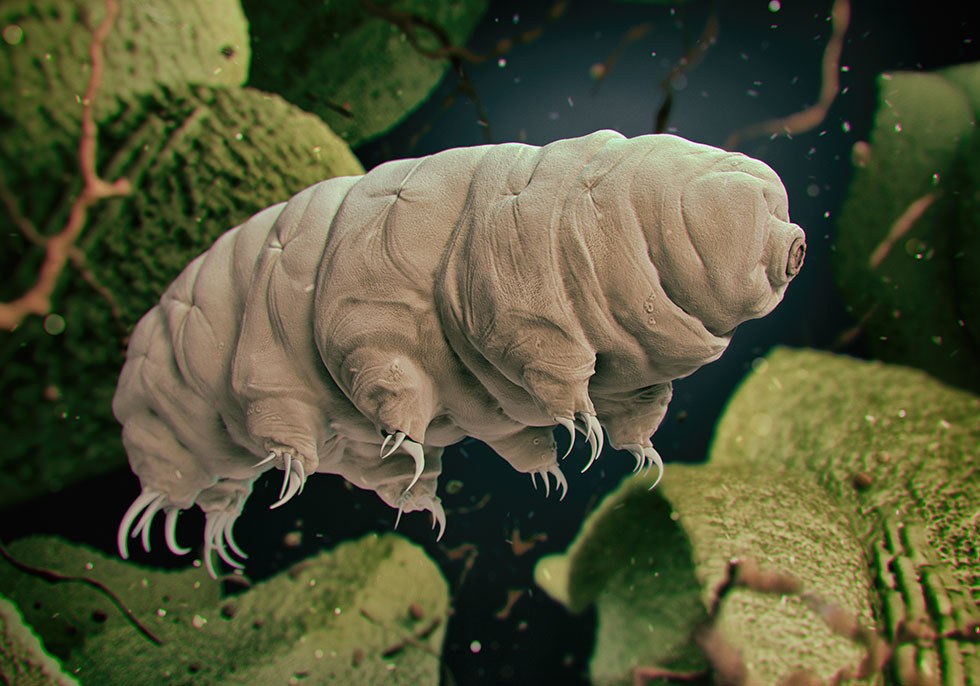
Image 2: The Tardigrade aka. water bear
In business, the simplicity of management is exemplified by the case of Apple, usually referred to as the world’s biggest start-up. Its philosophy of design also amplifies the elegance of simplicity and the principle of less is more. Minimalism which originated as an art movement in the 1960s in New York, focusing on extreme aesthetic austerity. Until now, the influence of minimalism has now extended far beyond the severe geometric artwork of the late 20th century; its values of simplicity and reduction have more recently been applied to lifestyle, marketing and business.

Image 3: Colin Cina, National Galleries of Scotland
The idea of minimalism in marketing or so-called minimal marketing is to optimise the viable resources for the maximal effects. The philosophy of this concept encompasses a series of viable products – test – revise – and re-launching. This approach abandons the idea of rigorous planning and brainstorming of traditional marketing which is somehow inapplicable in today’s landscape of the market. Applicability of minimalism in business could be referred to a business model with less staff, less office but can still operate effectively by simplified processes and optimal capital investment. Contrary to the notion that businesses need to build an in-house team, minimal business operation encourages outsourcing to reduce fixed costs and increase flexibility to adapt to the sudden change.
Partnership – The new P in The Marketing Mix
My longitudinal observation of evolution and adaptation brought new insights on some principles of the natural worlds that could be applied in business. Take a look at these two magnificent species:
#1: The Geese
As migratory species, each year they move long distances from their breeding site to a warmer habitat. The Canadian Geese, for example, usually fly up to 3,000 miles to the south in winter and to the north in summer. When flying such an exhausting journey, their formation is always in a V-shaped flock.
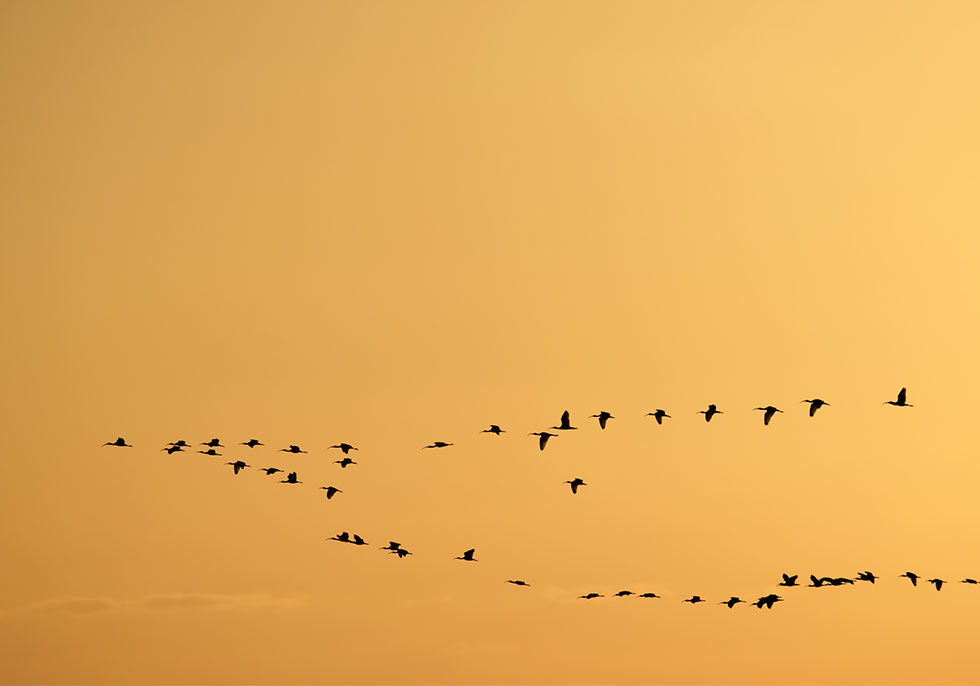
Image 4: Geese fly in the V-shaped flock
Scientists have determined that the V-shaped formation that geese use when migrating serves two important purposes. First, it conserves their energy. Each bird flies slightly above the bird in front of him, resulting in a reduction of wind resistance. To utilise the wind whirl made by the bird in front, the bird right next after him has to flap his wings at the right moment of receiving, creating a harmonious motion in the flock. Then, the birds take turns being in the front, falling back when they get tired. In this way, the geese can fly for a long time before they must stop for rest. The second benefit to the V formation is that it is easy to keep track of every bird in the group. Flying in formation may assist with the communication and coordination within the group. Fighter pilots often use this formation for the same reason.
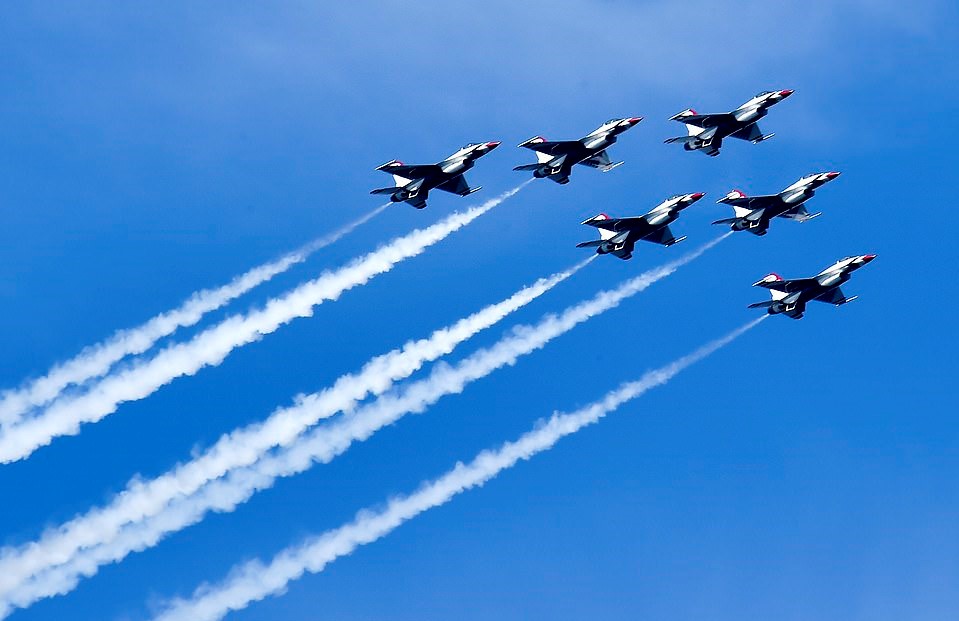
Image 5: Fighter plane in V-shaped formation
#2: The Penguins
Penguins, or emperor penguins, in particular, are the only vertebrate species that breed during the Antarctic winter. Therefore, they must face the freezing winds that blow as fast as 200km/h in an icy landscape that can be as cold as 50 degrees Celsius below zero. To prevent themselves from freezing to death, they huddle together in tightly packed groups to conserve heat and shelter themselves from the intense winds. In a huddle, the chicks always stay in the centre while the periphery is the place for the adults.
Not only that, in the time-lapse motion, but you can also see that the penguin huddles constantly rotate. At first glance, the penguins may not appear to move much. If you look at a penguin huddle in real-time, you hardly see any movement at all – they are all standing very still, but watching this huddle of shuffling penguins long enough, there emerge distinct waves of motion through the feathered masses as one penguin takes a step and the rest follow. Similar to the geese taking turns to share the burden of flying in the front, this practice of penguins also ensures that every penguin has a chance to be covered in the centre of the mass.

Image 6: Penguins gather in crowds
In the end, what I am trying to say here is that surviving in the harsh condition is – of course – hard. That is why it requires teamwork and partnership to co-exist. Similarly, if companies of the same industries or vertical could find a way to work together, it would be a great way to utilise the scarce resource in the transitional time of crisis like this.
Lately, Google and Apple have unveiled a rare partnership to add the technology, known as contact-tracing, into smartphone platforms that will alert users about potential exposure to COVID-19 patients. The app has the potential to monitor about a third of the world’s population. In the coming time, I also anticipate that unions and associations of multiple industries will play a crucial role in stabilising their business environment during this period, and more to be established.
Next, we will look into how the change of vision and strategy could influence the four components of the BSC. We do not need to follow any specific order of BSC but depending on the industry or situation of each business model, we can prioritise one over the others. As for me, I always start first with customers.
1.Customer and Value Proposition
Over six years of being a Member of the Chartered Institute of Marketing (MCIM) has taught me one thing which is the application of customer-centric marketing. It places customer’s needs in the centre of the business model and designs the corresponding solutions to satisfy just that.
Having said that, I do acknowledge the urgency of business for the time being to at least survive by maintaining a minimum influx of revenue to keep the companies afloat. Many people are talking about “go digital” as a single solution that can help to bypass the lockdown situation and acquire that minimal revenue. It is true that digitalisation is the way to go for most businesses, but it may not be that easy at first impression. For retail, the task is easy as all the platforms and tools such as Tiki or Lazada are in place, but for the others, it might not. How about pharmaceuticals, agriculture, or hospitality? Can a five-star restaurant deliver its service online? Nowadays, if you are a retailer and you need to shift your entire operations online because of Covid19, the task can be quickly completed within a week. Platforms are there and tools are widely available. Having said that, the situation is not the same for other tricky industries. Let say agriculture or pharmaceuticals. In some cases, the haste of shifting too fast costs more than the Covid19 itself. I have witnessed some ….
Going digital and selling stuff online is good, but online distribution is just one part of the whole marketing mix. Reconsidering the value proposition that is brought to customers during this time of need is much more a profound procedure to be completed first. Some of the new need states that I discovered during this time is:
- The need to be safe – masks, disinfectants, hand sanitisers etc.
- The need to be entertained at home – Netflix, Spotify, Soundcloud, YouTube live streaming
- The need of indulgence – snack food
- The need for healthier food choice – vegan, vegetarian options
- The need for mental health care – medical services, doctors at home
- The need for fitness equipment
- And more …
A great example is LVMH, the parent company of Christian Dior, Guerlain and Givenchy, who wants to help French health authorities by manufacturing hand sanitizer and providing it to them for free. LVMH said it will use all the production facilities of its perfumes and cosmetics brands to produce large quantities of hydroalcoholic gel, or hand sanitizer, starting Monday. And many great companies who have gone a long way to modify its offerings during this time.
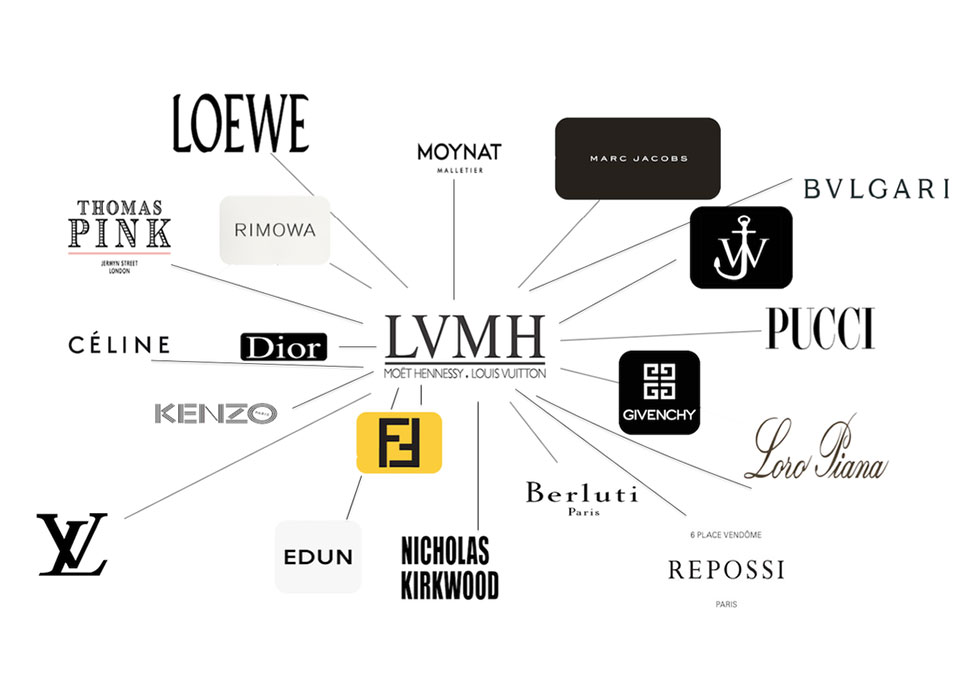
Figure 2: Brand architecture of LVMH
A recent statistic has shown that 70% of companies who committed to go digital failed (Forbes, 2019). Therefore, my advice to you at this stage is always to take a step back, think, plan, and then do. Do not just hasten to do it because digitalisation is not an easy task. Instead of thinking about digitalisation, businesses need to define a new value proposition that can incorporate digital elements to enhance the customer experience at all touchpoints. Without thorough planning, the risks of damaging customer relationships or running into operational hassles are inevitable.
2.Process and Infrastructure
Processes and company’s infrastructure should be modified to support the new value proposition. To be well versed and adaptive to both environments of the physical and virtual worlds, the processes of an amphibious company have to be flexible enough to do so.
In project management, agile methodology has been well-known for facilitating such requirements. The agile approach defines the business goals and success criteria in smaller increments, taking a project through several rounds of development, testing, and deployment. This differs from what we call the waterfall method, which took a project from design to deployment in one steady stream. In the era of uncertainty and transition like this, the agile approach seems to be more appropriate. The right process for project management and business administration in an amphibious should be a hybrid one that could allow the necessary flexibility (agile) but still maintain a certain level of documentation and rigid processes to enable scalability. The level of which model should be prioritized, determined case by case.
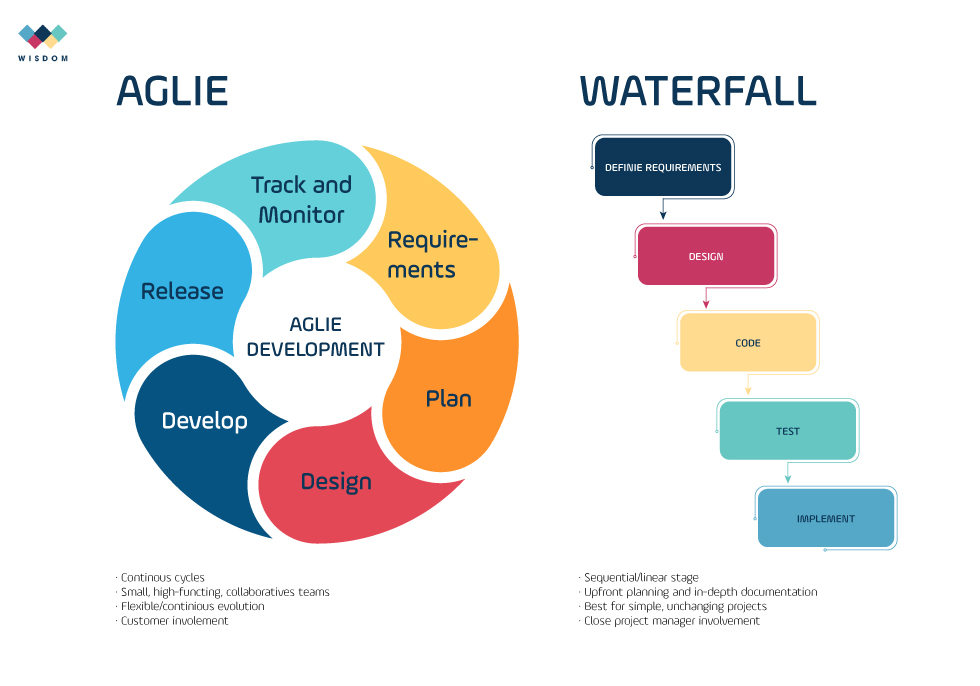
Figure 3: Agile vs. waterfall methodologies
My own learning during this time is that, as a service company, we do not need much of the physical space as we used to have. Everything could be online, and the team collaborated just fine. The only setback was the brainstorming process which still needed a certain level of stimulus and emotional connection to be effective. Indeed, the new cannot totally offset the old ones, but this pandemic was a great chance to ask ourselves a question whether we still need that much complexity of processes, management layers, and physical space to operate smoothly. If the answer is no, then this is a good time for us to go minimal and be amphibious.
3.People Development and Growth
In Part 1 of this series, I have mentioned the need to execute some lay-offs in the first stage of the new normality. However, in the second stage when the situation has to some extent stabilized, it is time for investment in human capital to be ready for the next phase. There are two purposes to do it. First, it is because of the new value proposition and processes that require new knowledge and skills. For this reason, the training for staff could be internal along the way of the transformation process. Second, people’s development during this period means preparing for the coming brighter future.
That is why, after the pandemic in Vietnam is under control, we have seen a lot of webinars going on with experts and specialists having their chances to express their views on the situation. Each may have a rather skewed point of view for their own but acquiring their opinions as reference sources to build your own shortlist of knowledge and skills for the new normality. Just like the adapting animal species training their physique to get used to the new environment, this is the time to prepare. Companies should set realistic, yet ambitious goals and KPIs for personal development to their staff. It then should be monitored and reminded regularly to keep everyone on track. If this preparation period is performed properly, the company shall be ready to take full advantage of the coming future.
As an example, Wisdom Agency has been on the hype of training ourselves. I personally rigorously studied the academies of HubSpot and Google, finished my CIM Chartered CPD submission ahead of time, and spent most of my free time writing new materials for my content hub.
4.Financial
Revenue and costs are usually the first components examined first as a leading component when building the BSC model. However, in the face of uncertainty, I believe it is best to leave it to the very end. With financial related matters, I do not really agree with the belief that the new normality is set in and we should invest to roll out. It is the strategy for the third stage. While we are still in the second phase, I think it is still best to conserve financial capital and keep reinforcing on the human capital and processes to wait for the real normality to come. However, it is not the time for frugal policies like the first stage. If there is a chance to test the market and invest in something small, it is also good to go ahead.
History of evolution has shown us that agile and fast animal species are the ones that often die young with hummingbirds, squirrels as examples. On the other hand, those that are slow seem to enjoy greater life spans such as turtles, tortoises and in this particular case – the Greenland sharks.
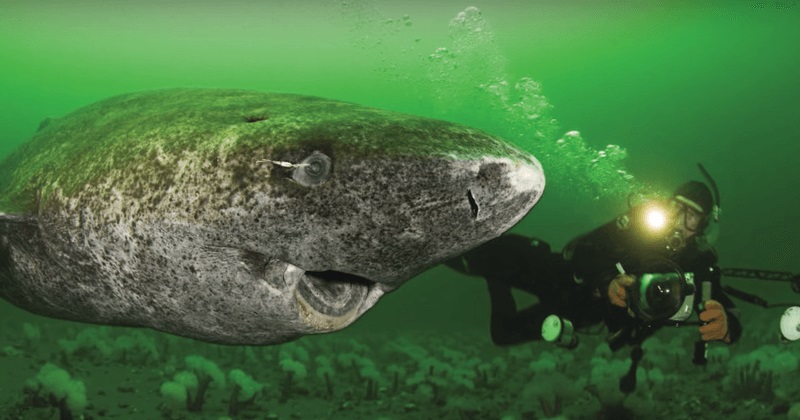
Image 6: The 500 Years Old Shark
This species of shark lives in the extreme cold condition 2,000 meters down in the ocean, where the water temperature is around 29 degrees Fahrenheit. Extreme cold is associated with slow metabolism and maturation, which is the reason why they can live for centuries with the oldest one recorded to be over 500 years old – the longest-lived vertebrate ever roams the Earth. The shark is also known as the sleeper shark for its sluggish pace, the Greenland shark is one of the slowest swimming sharks in the world. Their average cruising speed is 0.3 m/s (0.76 mph) but is capable of short bursts of speed when hunting.
Applied in the case of business, I believe companies that are slow and cautious during this time have a better chance of survival and growth when everything returns to normal. Then, it will be the time for the short bursts of speed.
When Will We Enter the Last Phase?
The last question in this article that I would like to mention is the time of the real normality for the economy. For businesses, I think that the right time to settle in the new normality is when the situation has settled in all countries across the world, or at least near it. It can be marked by perfect isolation of new inflected cases or the invention of Covid-19 vaccines with its wide application in populations across the world.
Some economists and reliable sources of reference have indicated that it would take several years to invent, test and apply the new vaccine. Thus, it may take an equivalent amount of time for international trade to get back to normal. Thereby, I think it will not be soon for companies to adopt a new grand strategy in the third stage. Having said that, the right moment still varies across the industry since each field has a different level of dependence on international trade and some are even benefited from the lockdown. Take the consulting service as an example. I strongly believe this is a golden chance for local consultancies because almost all foreign experts are locked out of our country. A quality local consulting is more than ever needed to support businesses and Vietnam’s economy as a whole for a speedy recovery and perhaps acceleration by this game-changer – the Covid19.
Reference:
- https://www.researchgate.net/publication/233494104_How_marketers_can_respond_to_recession_and_turbulence
- http://www.agilemodeling.com/essays/costOfChange.htm
- https://www.mckinsey.com/business-functions/marketing-and-sales/our-insights/agile-marketing-a-step-by-step-guide
- https://www.youtube.com/watch?v=F4XygDTA7kQ
- https://www.nationalgeographic.com/science/phenomena/2014/01/15/birds-that-fly-in-a-v-formation-use-an-amazing-trick/
- https://www.youtube.com/watch?v=hz2HBk5sKlc
- https://www.mnn.com/earth-matters/animals/blogs/water-bears-the-nearly-indestructible-microscopic-animal-that-will-outla
- https://johnschronicle.org/2019/02/13/the-rise-of-minimalism/
- https://www.allaboutbirds.org/news/i-thought-geese-migrated-south-in-the-winter-and-north-in-the-summer-why-did-i-just-see-a-flock-of-canada-geese-flying-in-the-wrong-direction/
- https://www.loc.gov/everyday-mysteries/zoology/item/why-do-geese-fly-in-a-v/
- https://www.scmp.com/news/world/article/1388515/penguins-huddle-together-keep-warm-freezing-antarctic-temperatures
- https://vietnamtimes.org.vn/apple-and-google-to-partner-in-a-covid-19-contact-tracing-app-19363.html
- https://www.forbes.com/sites/blakemorgan/2020/03/17/50-ways-companies-are-giving-back-during-the-corona-pandemic/#43cec2d64723
- https://saigontechnology.com/blog/agile-vs-waterfall-in-software-development
- https://www.nbcnews.com/mach/science/can-weird-shark-show-us-how-live-centuries-ncna812671
Booking Consultant here!




